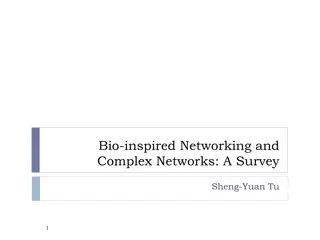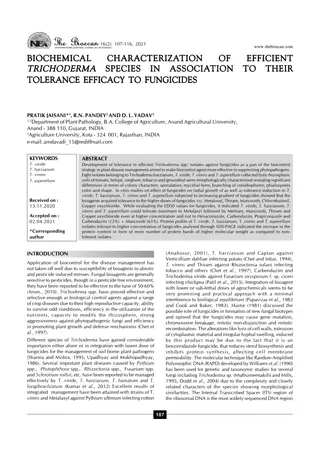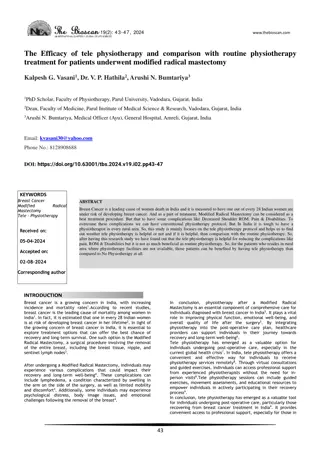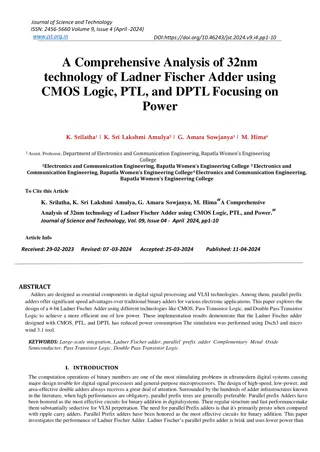
Participant-Centric Initiatives in Biomedical Research
Explore the shift towards participant-centric initiatives in biomedical research, focusing on big data analysis, data sharing, and privacy concerns. Learn about the importance of building public trust and protecting individual interests through innovative consent models.
Download Presentation

Please find below an Image/Link to download the presentation.
The content on the website is provided AS IS for your information and personal use only. It may not be sold, licensed, or shared on other websites without obtaining consent from the author. If you encounter any issues during the download, it is possible that the publisher has removed the file from their server.
You are allowed to download the files provided on this website for personal or commercial use, subject to the condition that they are used lawfully. All files are the property of their respective owners.
The content on the website is provided AS IS for your information and personal use only. It may not be sold, licensed, or shared on other websites without obtaining consent from the author.
E N D
Presentation Transcript
From patients to partners: participant-centric initiatives in biomedical research
Medical research is increasingly analyzed by computing technology, so it generated a lot of biobanks.
1. Big data. Medical research is increasingly analyzed by computing technology, so it generated a lot of biobanks. 2. Data sharing initiatives. 3. Concern about the use of personal data. PCI
the tools to help build the long- term public trust that is needed for the new ways of carrying out medical research based on global networks of shared data andsamples Participant-Centric Initiatives (PCI)
Inmedical research domain allow beneficial research to proceed protect the interests of research participants Protecting individual interests
Participant's consent: Traditional: 1. Reinforced by lots procedures, policies and legal requirements. (ex:IRB) Protecting individual interests 2. One-time consent.
Participant's consent: PCI: 1. Build the long term public trust. Protecting individual interests 2. global networks of shared data. 1. More efficient on research.
Why? 1.No uniform standards of consent. New trends in research demand new consent models. 2.The requirements differ between jurisdictions at the regional or national level.
Why? 3.difficult to guarantee that individuals can remain anonymous. New trends in research demand new consent models. 4.More data applies to the current studies but also to participation in a biobank or a longitudinal study. Board consent?
Broad consent New trends in research demand new consent models. ref: http://www.genome.gov/Pages/PolicyEthics/InformedConsent/ConsentFormExample4.pdf
Problems in broad consent: 1.For researchers: difficult to make consent forms future-proof. New trends in research demand new consent models. 2.For participants: Cannot express their preferences or protect their interests over time.
Problems in broad consent: 3.Secondary research may reduce the levels of trust between participants and researchers New trends in research demand new consent models. 4."One size fits all" approach also risks losing segments of the population.
From an ethical perspective: necessary for participants to give consent of new research possibilities on the same datasets. Giving research participants a greater choice. The major challenge : develop ways to engage and to communicate with diverse groups over long periods of time.one way is through the use of social media technologies.
Aims: 1. Provide the basis to reshape the current relationships with participants and patients. Giving research participants a greater choice. 2. Less passive and more interactive. 3. Enormous benefits for biomedical research and clinical practice.
Participant-Centric Initiatives Tools, programs and projects that empower participants to engage in the research process. What is PCI? Participants Participants Participants Clinicians/Researchers
Participant-Centric Initiatives Patients and research participants are located at the centre of decision making as equal partners in the research process. What is PCI? Distinguish from PEI (Public Engagement Initiatives)
PCI Used for Research Purposes What is PCI? * The first 4 of 10 PCIs in the table are shown.
1. Placing participants in control. Need to place the individual at the centerof decision making is embedded in the design of the IT interface for PCIs. Features of PCI Purely voluntary Empowering participants.
2. Using social media technology Use social media technology and approaches Features of PCI Allows participants to record all of their research activity.
3. Promoting active participation ongoing active interaction between participants and researchers Features of PCI transparency and veracity in all interactions Participants must commit themselves to research and to acting altruistically forothers
3. Promoting active participation Features of PCI
4. Facilitating communication Individual participant interfaces. Features of PCI Blogs/Online experts/Webcasts PCIs can inform participants and keep in regular contact.
5. Facilitating communication Through various social media tools, such as individual participant interfaces, blogs, online experts and webcasts, PCIs can inform participants and keep in regular contact. Features of PCI
1. Streamlining the consent process. 2. Removing the need for anonymized data. Benefits of adopting a PCI approach 3. Facilitating participant recruitment. 4. Facilitating participant retention.
5.Promoting the delivery of better quality and more cost-effective health care. Benefits of adopting a PCI approach 6.Sustaining public confidence in research. 7.Improving the quality of research.
1. Requires a shift in current attitudes and approaches towards patients and research participants Challenges to the wide-scale adoption respect research participants as partners in the research rather than to see them as patients or passive providersof information and sample
2. Bulk of consent efforts are still paper-based,buttransition to effective electronic consent models isdifficultto managed online Challenges to the wide-scale adoption needconsiderable support from institutional leadership and the investment of resources.
3. broader implementation in research will be hampered by the lack of a common reference ontology Challenges to the wide-scale adoption
4.Implementation of PCIs also requires a change for research participants ,care needs to be taken to ensure that the use of PCIs does not prohibit or discourage certain groups from involvement in research, Challenges to the wide-scale adoption applications for mobile phones and the use of interactive screens using videos instead of text located in waiting rooms and public areas may help
5. greater use of PCIs may lead to greater empowerment of participants, certain lines of research may not be possible if many participants opt out Challenges to the wide-scale adoption research is needed to determine how best to introduce PCI approaches while still allowing expedited research to continue.
Not only do PCI return data to research participants, but they play an active role in the research process. . 23andMe Partnering with Patients it is fascinating to learn about myself, my own biology. This is me, my chromosomes, my DNA, and it helps me to make better choices for myself. said Cheryl-Anne. http://blog.23andme.com/news/inside- 23andme/23andme-partnering-with-patients//
Usually been mistaken for a Jewish person despite having no known Jewish ancestors. Shejoined 23andMe's Ancestry Finder in 2010, and noticed a cluster on her7thchromosome that appeared to contain a significant number of matches with self-declared Ashkenazi ancestry. Discovering Unknown Jewish Ancestry with 23andMe http://blog.23andme.com/23andme-customer- stories/ashkenazi-and-me-discovering-unknown-jewish- ancestry-with-23andme/ By CeCe Moore
she and her doctors were unaware of her sensitivity to the drugs used to temporarily relax a patient's muscles before anesthesia is administered. The Genetic Tests for Drug Response she noticed that her tests showed she had the variants that are associated with pseudocholinesterase deficiency in 23andMe s drug response report, now she wears medical ID bracelet. http://blog.23andme.com/23andme-customer- stories/the-genetic-tests-for-drug-response/ By Renae
PatientsLikeMe: share about your experience with the disease and sell it to their partners How does PCI make money? 23andMe: offer consumers the ability to get their genes sequenced for $99. for a consumer it still seems to have such marginal utility, especially at that price. as science policy wonk Jonathan Gitlin wrote on Twitter.
PCI requires a cultural shift in current research. Some systems have demonstrated that individuals are sufficiently motivated to engage in novel ways. Conclusion
Conclusion more Intuitive and Dynamic
From patients to active partners PCI: obstacles of research? Conclusion 1. facilitate innovative research 2. safeguard public trust.






















